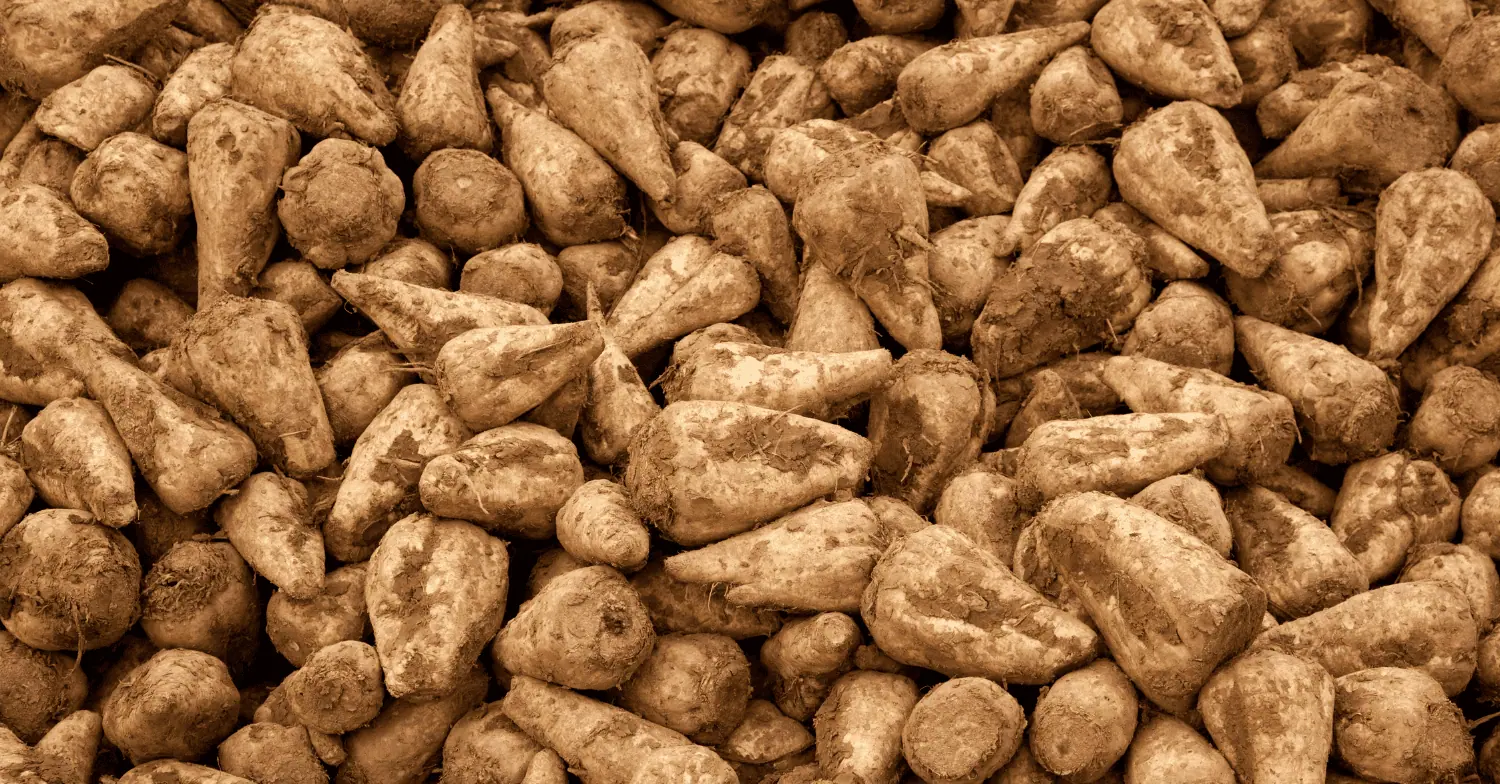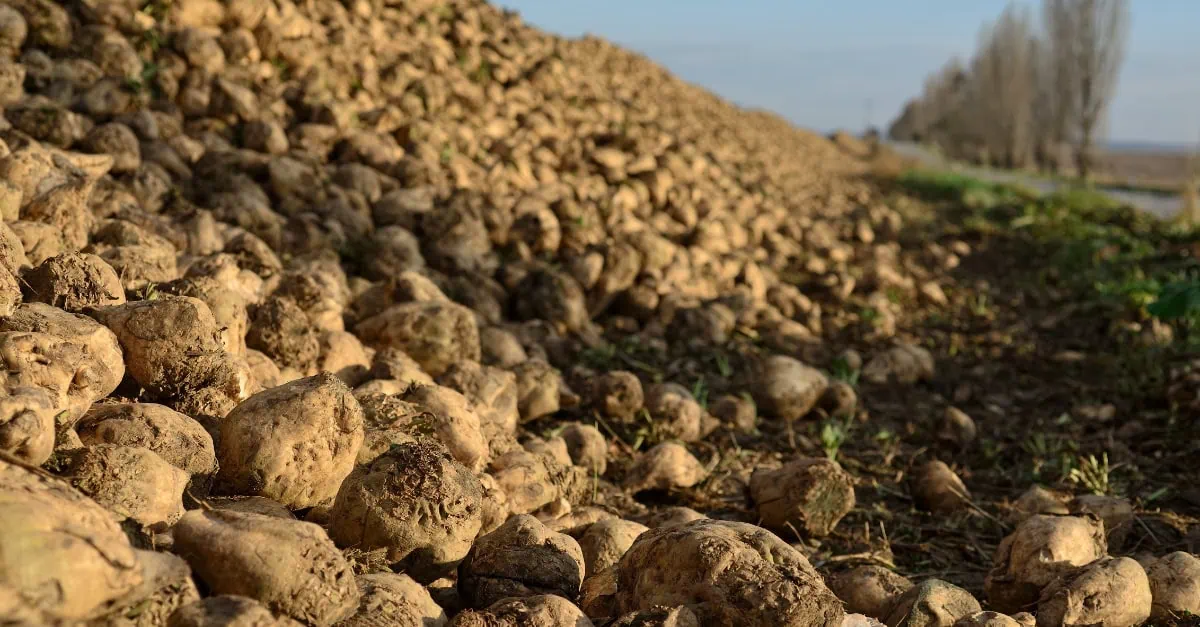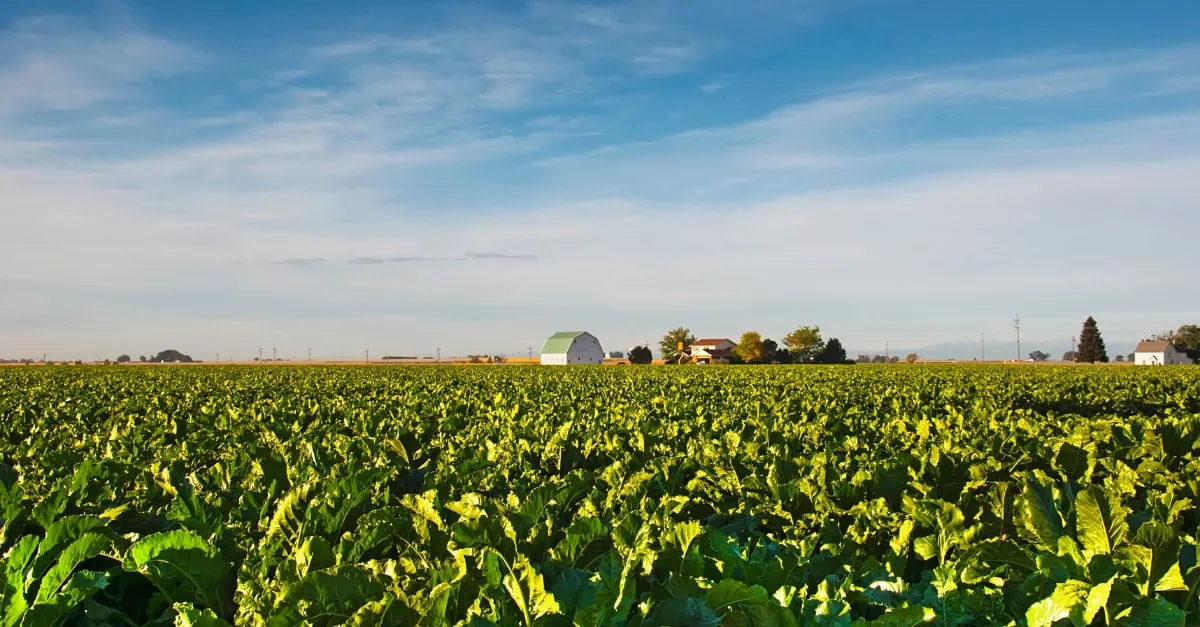Europe’s sugar beet harvest has commenced across most growing regions, with processing facilities ramping up operations amid a complex backdrop of variable crop conditions, evolving trade policies, and shifting consumption patterns. As the 2025/26 campaign gets underway, market participants are closely monitoring yield assessments and policy developments that could significantly impact supply dynamics and pricing structures.
Harvest conditions present mixed outlook
Sugar beet harvesting is now underway across major European producing regions, with weather conditions generally suitable for campaign operations. The combination of sunshine and periodic showers is providing favorable conditions for harvest activities, though regional variations in crop quality and yield potential are becoming apparent.
Disease pressure management has become a critical focus during the early harvest phase, with some regions reporting successful containment of crop diseases while others face more significant challenges. Recent rainfall has contributed to both positive and negative developments, supporting root weight development while potentially impacting sugar content in certain areas.
Yield forecasts are showing considerable regional variation, with some countries reporting expectations above historical averages while others face reduced planted areas due to various production challenges. The interplay between root yield and sugar content will be crucial in determining final production outcomes.
Trade dynamics reflect regional pressures
European sugar trading patterns are revealing interesting regional dynamics as the new crop season begins. Pricing structures are showing differentiation across markets, with some regions experiencing more competitive conditions than others.
The practice of regional price differentiation continues to influence market dynamics, as producers in surplus regions adjust their strategies to maintain market positioning. This geographic pricing variance is creating both opportunities and challenges for different market participants across the continent.
Import competition dynamics remain a significant factor, with various trade arrangements and policy frameworks continuing to influence competitive positioning between domestic and imported sugar supplies.
Policy landscape adds complexity
The European sugar sector continues to face regulatory developments that could reshape market structures and competitive dynamics. Recent policy discussions around trade agreements and monitoring frameworks are creating uncertainty around future market access and pricing mechanisms.
Consumption-side policy developments are also emerging as a factor, with several countries considering or implementing measures that could affect sugar demand patterns. These regulatory changes span from taxation adjustments to retail restrictions, potentially impacting overall consumption trends.
Read the full Week 37 Sugar Market Analysis on the Vesper platform here: https://app.vespertool.com/market-analysis/2252





